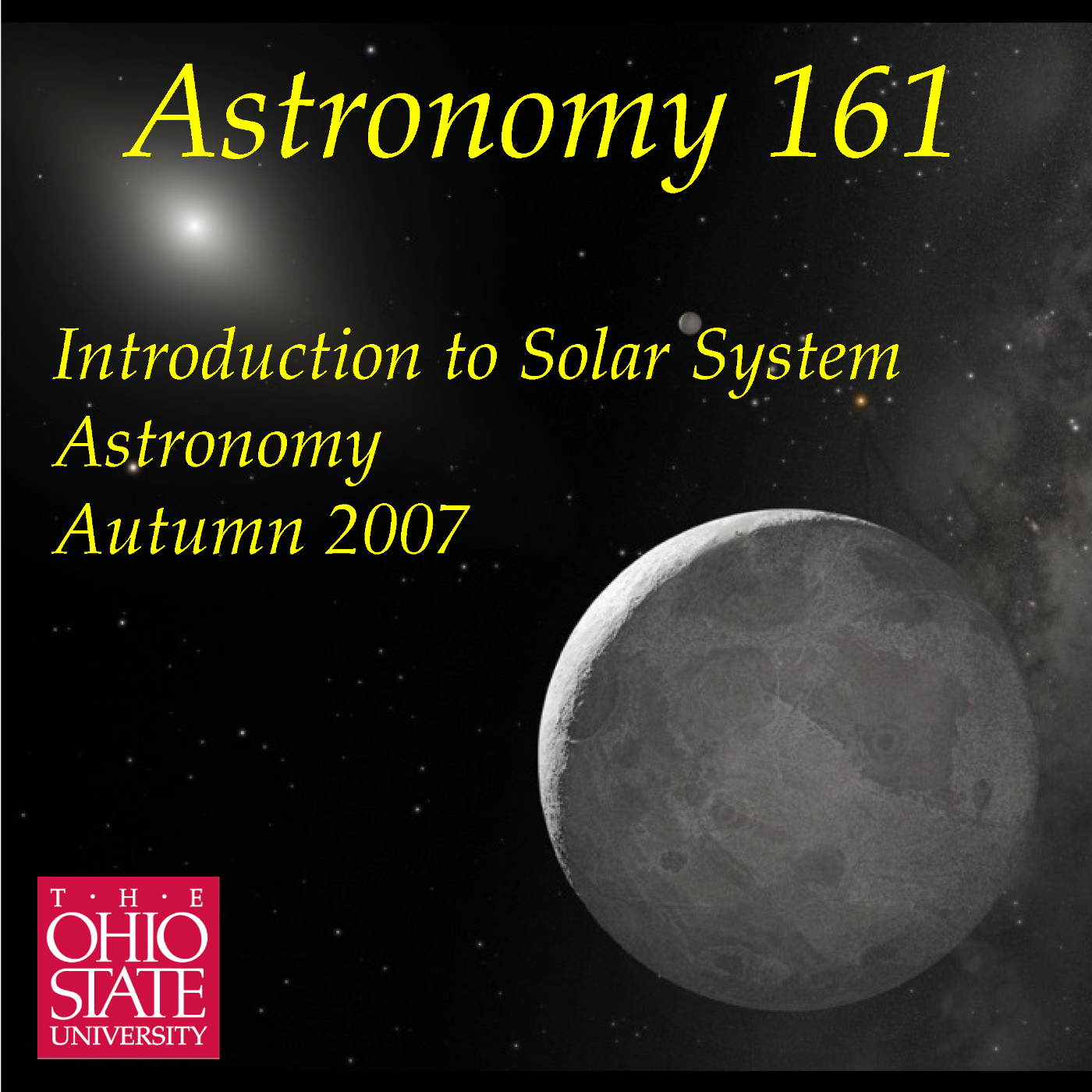Lecture 32: The Origin of the Solar System
Description
How did the Solar System form? In this lecture I review the clues for
the formation of the solar system in the present-day dynamics (orbital
and rotation motions) and compositions of the planets and small bodies.
I then describe the standard accretion model for solar system formation,
whereby grains condense out of the primordial solar nebula, grains
aggregate by collisions into planetesimals, then gravity begins to work
and planetesimals grow into protoplanets. What kind of planet grows
depends on where the protoplanets form within the primordial solar
nebula: close to the Sun only rocky planets form, beyond the Frost Line
ices and volatiles can condense out allowing the growth of the gas and
ice giants. The whole process took about 100 million years, and we as
we explore the solar system in subsequent lectures, we will look for
traces of this process on the various worlds we visit. Recorded 2007
Nov 6 in 1000 McPherson Lab on the Columbus campus of The Ohio State
University.
More Episodes
A new podcast, Astronomy 141, Life in the Universe, is available
for those interested in continuing an exploration of topics in
modern astronomy.
Published 12/06/09
Published 12/06/09
Are we alone in the Universe? This lecture explores the question of how
we might go about finding life on planets around other stars. Rather
than talking about speculative ideas, like the Drake Equation or SETI, I
am instead taking the approach of posing it as a problem of what to look
for...
Published 11/30/07


